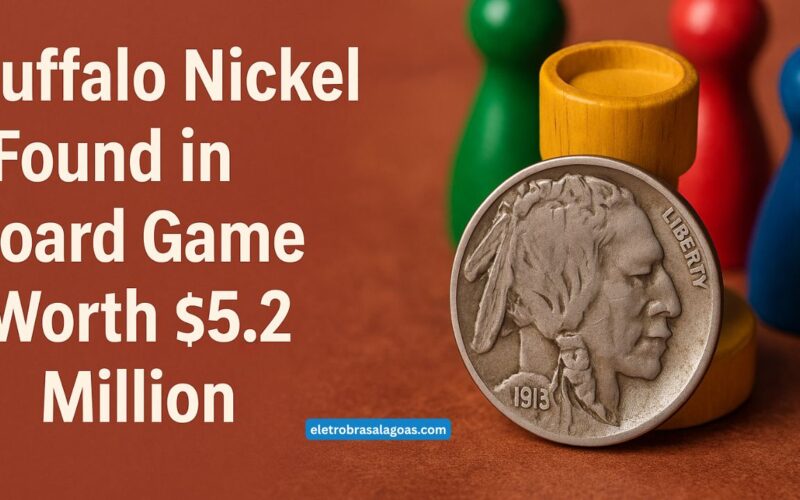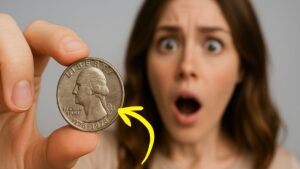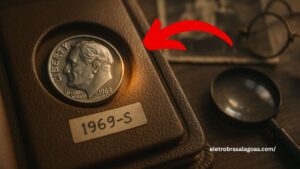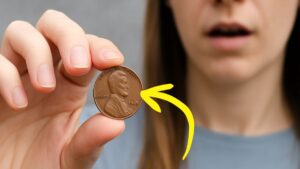An unassuming Buffalo Nickel, tucked inside an old board game, has shocked collectors and historians alike after being appraised at a staggering $5.2 million.
This remarkable find highlights how seemingly everyday objects can hide extraordinary treasures—especially when historical rarity is involved.
The Stunning Discovery: Hidden in Plain Sight
In Michigan, a homeowner sorting through an old board game stumbled upon a worn nickel that at first glance looked like ordinary pocket change. However, after closer inspection, it turned out to be none other than the ultra-rare 1913 Liberty Head Buffalo Nickel—one of only five known examples in existence.
Once authenticated by experts, the coin was auctioned privately in San Francisco and fetched an incredible $5.2 million.
What Makes the 1913 Liberty Head Buffalo Nickel So Special?
| Feature | Details |
|---|---|
| Year & Design | 1913, before the official Buffalo Nickel design debuted |
| Surviving Specimens | Only 5 known to exist |
| Mint Origin | Believed to be struck unofficially at the Philadelphia Mint |
| Design Motif | Native American profile with American buffalo imagery |
These coins were never released for public circulation, making them legends in the world of numismatics. Their combination of rarity, unique backstory, and near-perfect preservation drove collectors into a bidding frenzy.
A Glimpse into Buffalo Nickel History
First produced in 1913 and continuing until 1938, the Buffalo Nickel (or Indian Head Nickel) features the iconic profile of a Native American on one side and an American bison on the reverse. While most examples are not particularly valuable, select rare varieties are worth small fortunes.
Among the most sought-after Buffalo Nickels are:
- The 1913 Liberty Head version (like the Michigan discovery)
- The infamous 1937-D “three-legged” error coin
Understanding the Market for Buffalo Nickels
| Type of Buffalo Nickel | Estimated Value Range |
|---|---|
| Common Types (1913–1938) | $100–$300 in uncirculated condition |
| Error Coins (e.g., 1937-D) | Tens of thousands of dollars |
| 1913 Liberty Head Variant | $5.2 million (as seen in this case) |
How to Identify a Valuable Buffalo Nickel
To determine if your coin could be worth a fortune, here are a few key elements to inspect:
- Date & Mint Mark: Early 1913 issues and nickels marked with “S” or “D” can be worth more.
- Striking Errors: Look for signs like missing limbs (e.g., missing buffalo leg), double dies, or misaligned images.
- Condition & Grading: A coin in mint state (MS) condition is far more desirable than a circulated or worn piece.
- Professional Verification: Submit your coin to a reputable grading service for official evaluation and certification.
Why This Story is Capturing Global Attention
- Unexpected Jackpot: A multimillion-dollar coin found in an old board game box brings treasure hunting into the spotlight.
- Investment Surge: With economic uncertainty, more people are turning to rare collectibles like coins as alternative investments.
- Cultural and Historical Impact: Rare coins are not just valuable—they represent art, history, and heritage preserved in metal.
What began as simple house cleaning ended up unveiling one of the rarest coins ever discovered. The 1913 Liberty Head Buffalo Nickel, unknowingly stored away in a board game, has become a multimillion-dollar piece of American history.
Conclusion
This incredible discovery is a powerful reminder that valuable pieces of history can be hidden in the most unexpected places. Whether tucked in a drawer, buried in a box, or hiding in a board game, it pays to take a second look.
FAQs
Why was the 1913 Liberty Head Buffalo Nickel worth $5.2 million?
Because it’s one of only five known examples and remains in outstanding condition, making it a dream coin for collectors.
Are any other Buffalo Nickels valuable?
Yes, especially early 1913 versions, rare mint marks, or error coins like the 1937-D three-legged buffalo.
How can I check if my Buffalo Nickel is rare?
Consult a professional coin grading service to authenticate and assess its condition and value.




